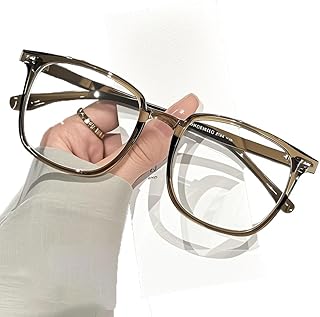In the late 1980s and 1990s, Singapore witnessed a troubling surge in short-sightedness among children, despite significant improvements in their quality of life. This trend, known as myopia or near-sightedness, continued to escalate, leading Singapore to earn the moniker of “myopia capital of the world” with an 80% myopia rate in young adults.
Similar alarming trends have been observed globally, with countries like the United States, the UK, South Korea, Taiwan, and mainland China reporting soaring rates of myopia, particularly among teens and young adults. If current trajectories persist, projections indicate that half of the world’s population could be short-sighted by 2050.
Experts point out that genetics play only a minor role in the rise of myopia, with lifestyle factors such as limited time spent outdoors and prolonged near work like reading being significant contributors. The emphasis on education, characterized by extended periods indoors, has inadvertently exacerbated the spread of myopia among children.
Studies suggest a direct correlation between education and myopia, indicating that increased time spent in classrooms may have a detrimental impact on eye health. The modern educational model, focusing on academic excellence and sedentary indoor activities, has inadvertently fueled the myopia epidemic.
Children in urbanized societies are particularly susceptible to myopia due to reduced outdoor activities and increased screen time. The COVID-19 pandemic and subsequent lockdowns further exacerbated the issue, as children spent more time indoors, leading to a phenomenon dubbed as “quarantine myopia.”
Efforts to combat myopia include promoting outdoor activities, reducing screen time, and implementing innovative solutions such as special contact lenses or red-light therapy. Simple interventions like spending more time outdoors have shown promise in preventing myopia and improving eye health.
Experts emphasize the importance of holistic approaches to children’s wellbeing, highlighting the need to strike a balance between education and outdoor activities to safeguard eye health. Initiatives to increase outdoor time in schools and reduce academic pressure are being explored to address the myopia crisis effectively.
While the rise in myopia poses significant challenges globally, ongoing research and interventions aim to mitigate its impact and protect the vision of future generations. By understanding the complex interplay of lifestyle factors and implementing targeted strategies, societies can work towards combating the growing prevalence of short-sightedness.
📰 Related Articles
- Skye Terrier Faces Extinction: Urgent Need for Conservation Efforts
- Children in Hazardous Labor: Urgent Call for Global Action
- eCLUTCH and BLAST Forge Global Esports Broadcast Partnership
- Zurich Seville Marathon Showcases Elite Athletes and Global Unity
- Zoomark 2025 Showcases Global Pet Industry Growth and Innovation



![Cyxus Blue Light Filter Computer Glasses for Blocking Headache [Anti Eye Eyestrain] Transparent Lens Gaming Glasses, Unise...](https://m.media-amazon.com/images/I/51Mo-OEjsPL._AC_UL320_.jpg)


